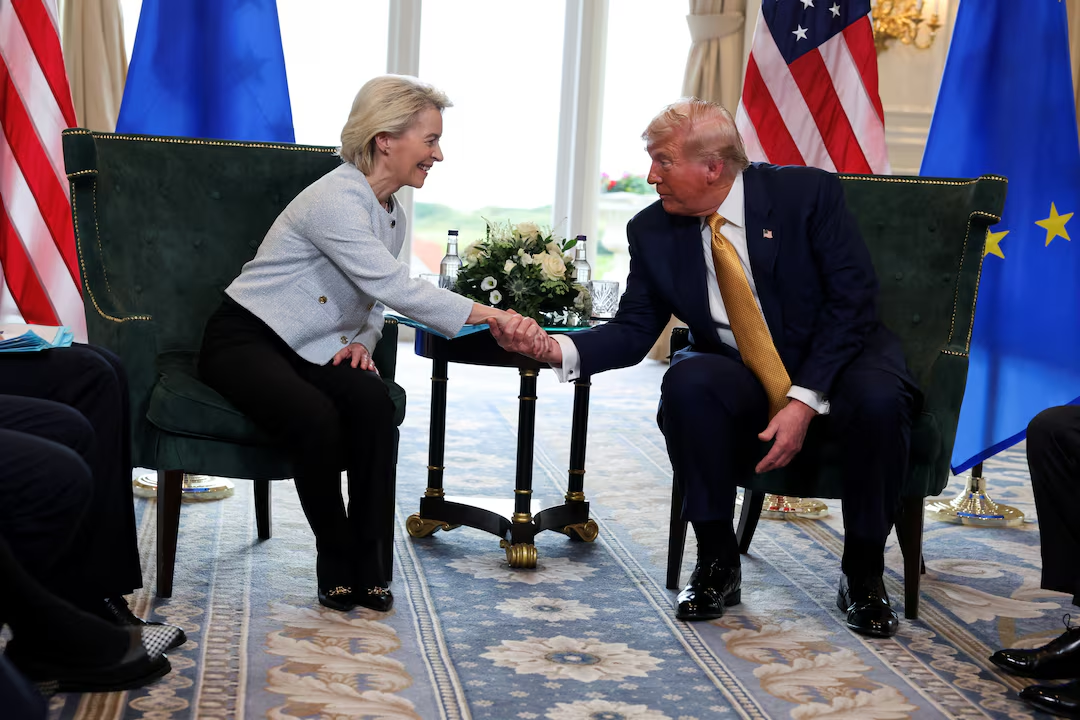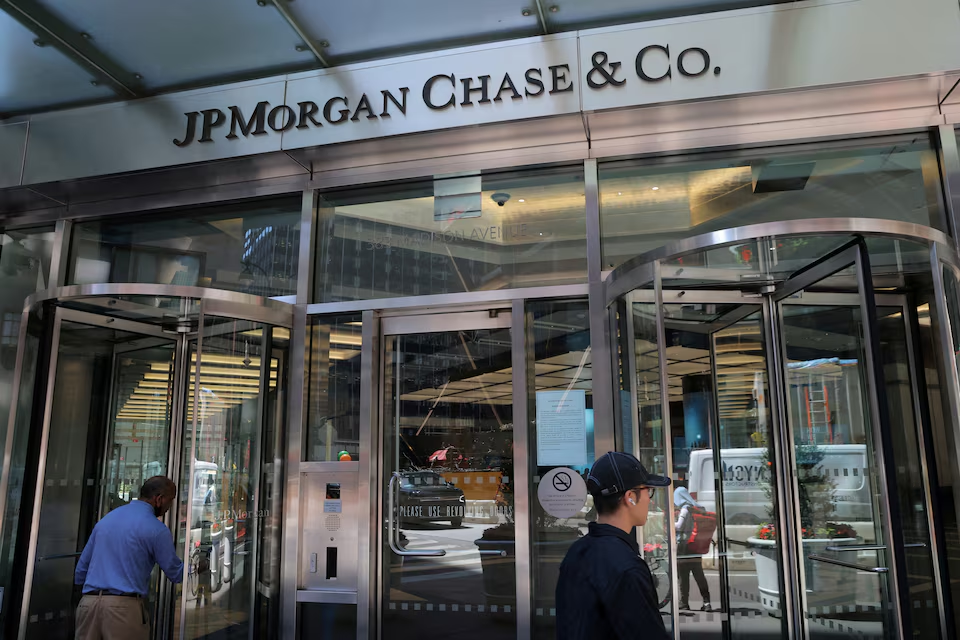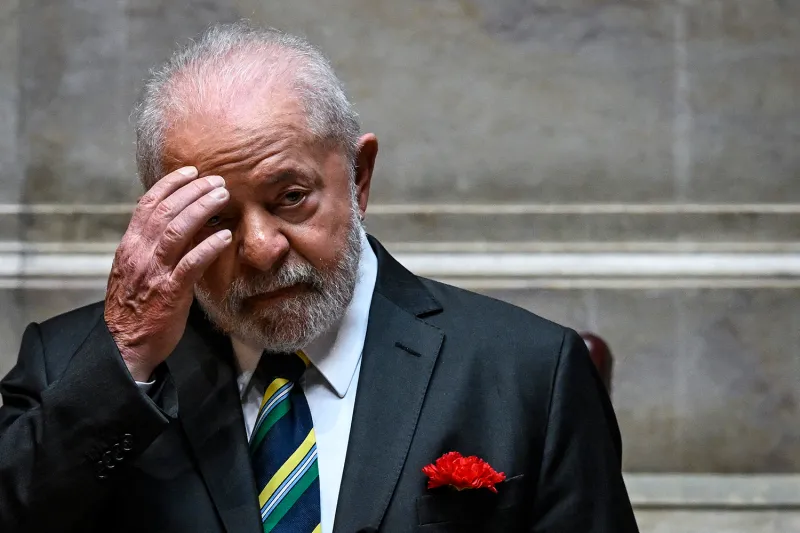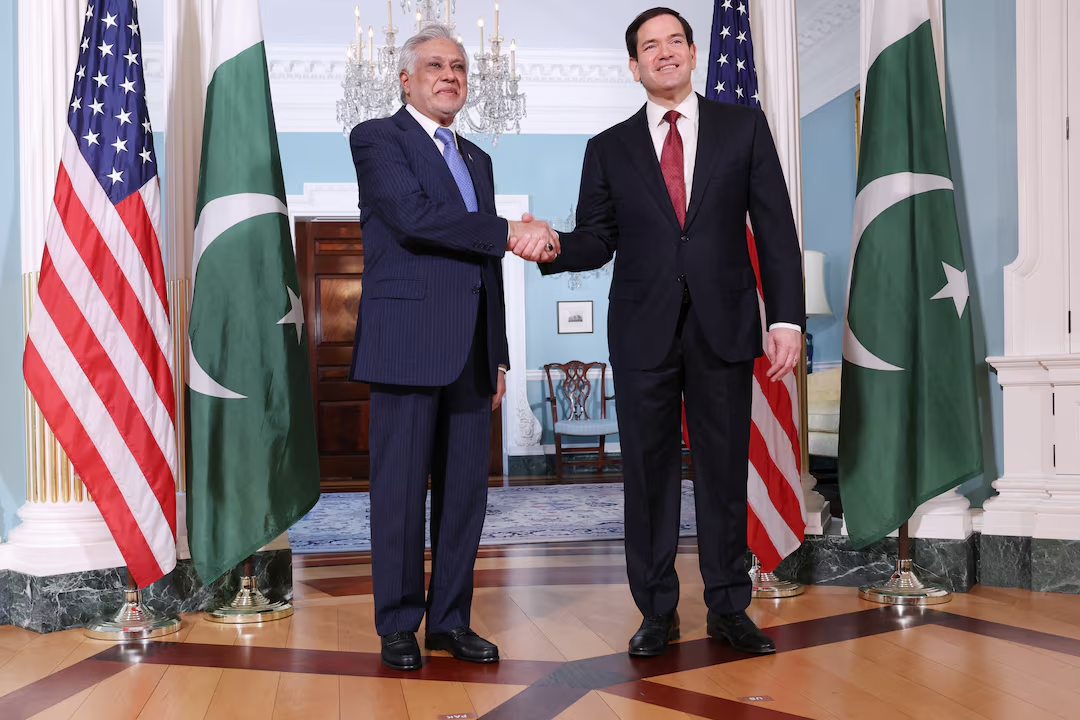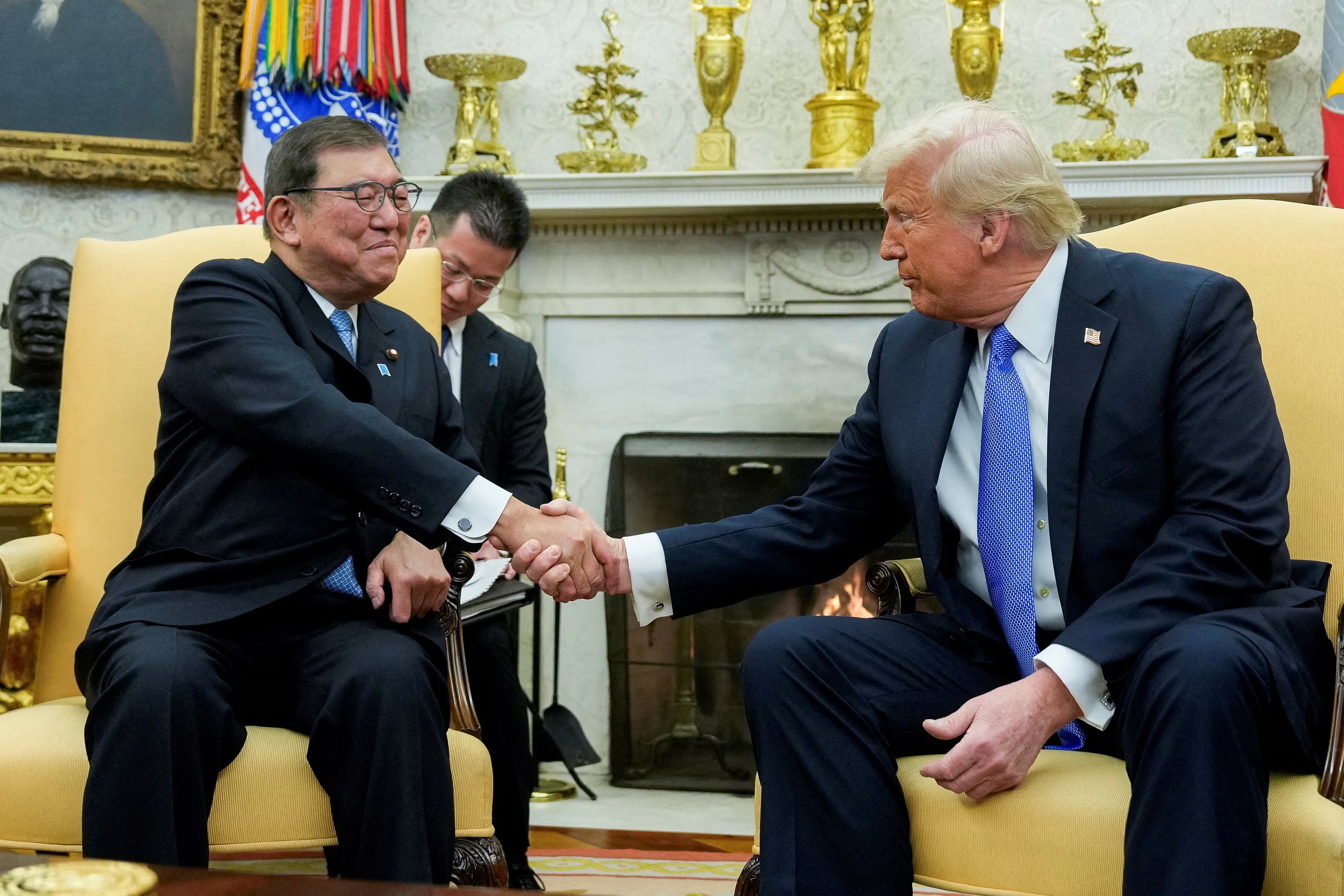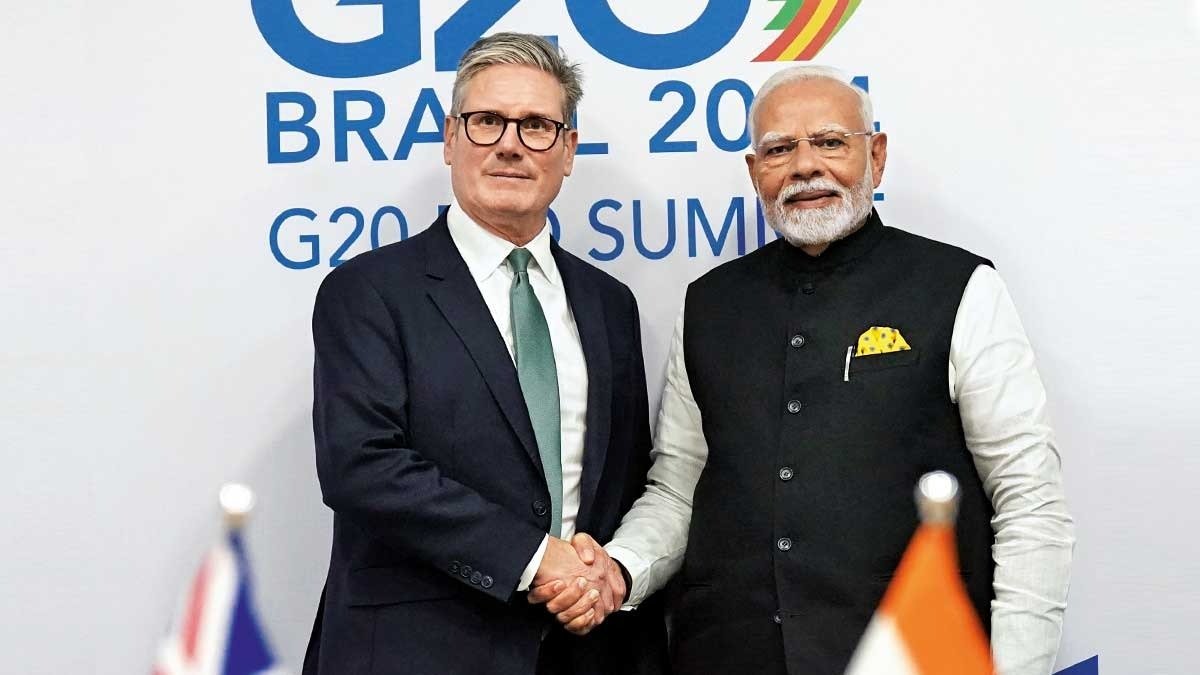After Long Negotiations, Trump Announces Trade Deal Imposing 15% Tariff on EU Goods —President Donald Trump
[Turnberry, Scotland, July 27, 2025] — The United States and the European Union (EU) on Sunday reached a structural trade agreement under which a 15% import tariff will be imposed on European goods. However, this deal helped avert a trade war between the two major allies, who together account for nearly one-third of global trade.
The announcement came after European Commission President Ursula von der Leyen held lengthy talks with U.S. President Donald Trump at a golf course in western Scotland. After a one-hour meeting, Trump told reporters, “I believe this is the biggest deal in history.” Von der Leyen added, “The 15% tariff will apply to all goods.”
She further stated, “This is a major trade agreement between the world’s two largest economies. It will ensure stability and predictability.”
Under the deal, $600 billion in European investment will flow into the United States, and Europe will increase purchases of American energy and military equipment. This will provide clarity for European companies.
However, for many in the European Union, the 15% base tariff is disappointing, as they had hoped for a “zero-tariff” agreement. Still, it is seen as preferable to Trump’s earlier threat of a 30% tariff. The deal mirrors the recent U.S.-Japan agreement.
Trump said, “We’ve agreed on a uniform 15% tariff on cars and everything else.” However, steel and aluminum will not be included under this 15% tariff — they will continue to be taxed at a rate of 50%.
Trump, who has been working to restructure the global economy and reduce the long-standing U.S. trade deficit, has already signed agreements with the United Kingdom, Japan, Indonesia, and Vietnam. Although his administration’s promise of “90 deals in 90 days” has yet to be fulfilled.
He has often accused the European Union of being created to “cheat” the United States. Upon arriving in Scotland, Trump remarked, “The EU was desperate to make a deal.” He further claimed that Europe has treated the U.S. “very unfairly.”
Trump’s main grievance is the U.S. trade deficit in goods with the EU, which was $235 billion in 2024 (according to the U.S. Census Bureau). The EU counters by saying the U.S. surplus in services partly offsets this deficit. On Sunday, Trump said, “Hundreds of billions of dollars are coming in from tariffs.”
Before the deal, on July 12, Trump had announced that a 30% tariff on EU goods would go into effect from August 1 if no agreement was reached. In response, the EU had prepared a list of American products worth $109 billion (93 billion euros) for retaliatory tariffs.
Had the deal not been finalized, some EU member states were prepared to target the U.S. services sector using a powerful trade weapon known as the “Anti-Coercion Instrument.”


